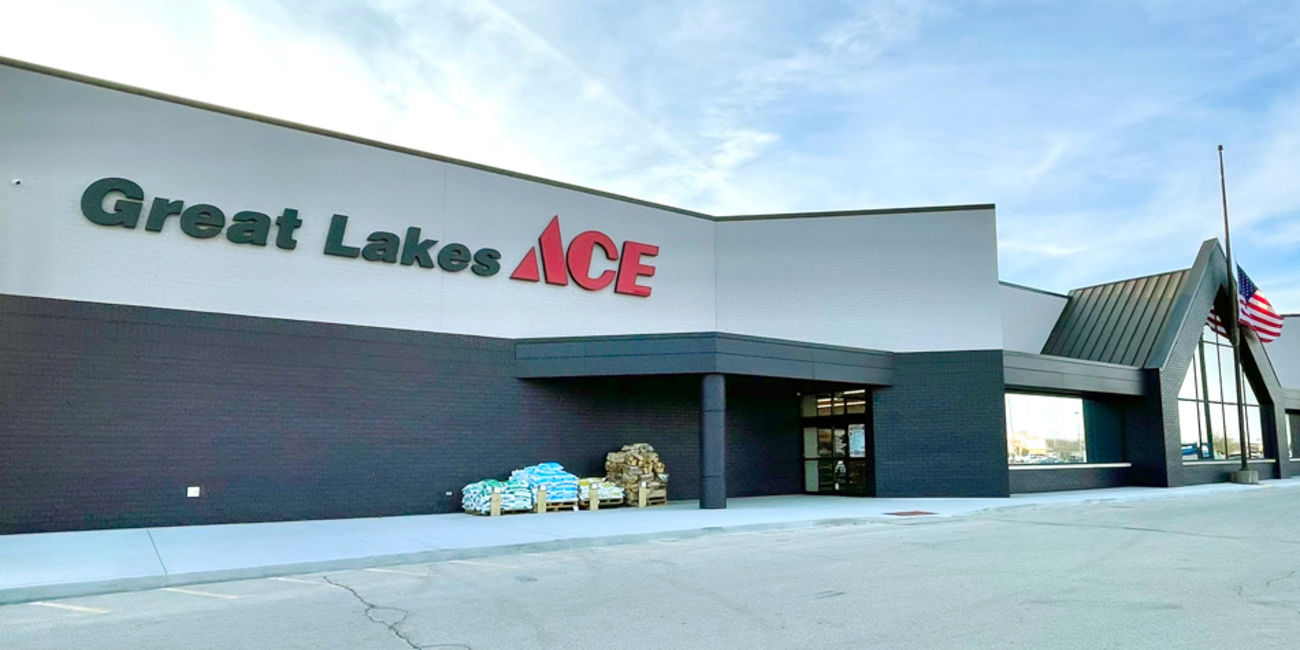
Efficient maintenance drives air safety and profit. Many airlines face pressure from tight schedules and rising supply costs. A value‑added distributor offers a smart way to manage maintenance. It creates savings through custom services and strong support. Each service works to reduce waste and downtime. Careful supply planning ensures faster turnarounds and reliable parts. A value‑added approach goes beyond sales and focuses on long‑term efficiency. Airlines and MROs gain a stable partner that understands operations deeply. That partnership turns into lower overhead and higher uptime. The result is real savings and stronger fleet performance.
Kitting Streamlines Complex Maintenance Tasks
Kitting means grouping parts by job or system. A value‑added distributor designs kits that match scheduled checks. It removes endless searching for single items. A major Asian airline adopted full kitting support for heavy checks. Every kit arrived labeled and ready for direct use. Mechanics spent less time gathering and more time repairing. Downtime dropped sharply and labor productivity increased. The airline saw fewer delays on tight routes. Kitting also reduced stock mistakes and shortages. Each aircraft returned to service faster. Measurable improvements proved the true power of organized preparation.
Refurbishing Restores Value and Extends Life
Refurbishing brings worn units back to service. It cuts waste and lowers purchase costs. A leading European MRO applied refurbishing for cabin fittings and tools. A value‑added distributor managed the full process with certified repair shops. Every refurbished component met strict standards and carried full warranty. The project saved large sums on replacement inventory. It also reduced disposal and shipping expenses. Refurbishing provided a steady flow of reliable parts. Each repaired unit maintained original performance and safety ratings. The MRO increased fleet readiness while meeting sustainability goals. Real savings came without any drop in quality.
On‑Site Training Builds Skilled Maintenance Teams
On‑site training delivers knowledge directly to technicians. It keeps skills updated with latest repair methods. A North American carrier used distributor‑led workshops for engine service. Trainers demonstrated smart handling of complex assemblies. Crews practiced step‑by‑step under expert guidance.
Integration Creates Sustainable Cost Control
Integration of these services drives total efficiency. Kitting, refurbishing and training connect into one support cycle. A value‑added distributor oversees supply and skill flow together. Inventory stays lean while delivery stays fast. Technicians work with ready materials and clear instruction. Airlines report fewer delays and stronger budget control. Maintenance managers can forecast expenses with new accuracy. That balance keeps fleets airworthy and profitable across seasons. Each partnership becomes a shield against cost shocks. Reliable support keeps aircraft parts available and future plans stable. Sustainable savings now shape modern aviation maintenance.




